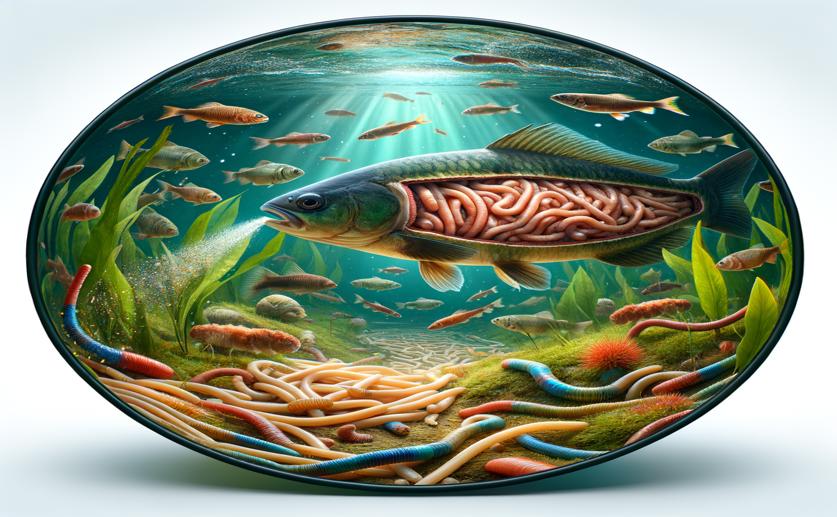
How Diet and Home Shape Fish Intestine Size
Greg Howard
13th April, 2024

Image Source: Natural Science News, 2024
Key Findings
- Herbivorous fish have longer intestines and stouter bodies, aiding in digesting tough plant material
- Among carnivores, fish that eat coral have longer intestines than those eating invertebrates or other fish
- Freshwater fish generally have longer intestines than marine fish, challenging previous assumptions about diet complexity
References
Main Study
1) Diet and habitat as determinants of intestine length in fishes
Published 12th April, 2024
https://doi.org/10.1007/s11160-024-09853-3
Related Studies
2) True grit? Comparative anatomy and evolution of gizzards in fishes.
3) Exceptional preservation reveals gastrointestinal anatomy and evolution in early actinopterygian fishes.
4) Adaptation to herbivory and detritivory drives the convergent evolution of large abdominal cavities in a diverse freshwater fish radiation (Otophysi: Characiformes).



 24th March, 2024 | Jim Crocker
24th March, 2024 | Jim Crocker